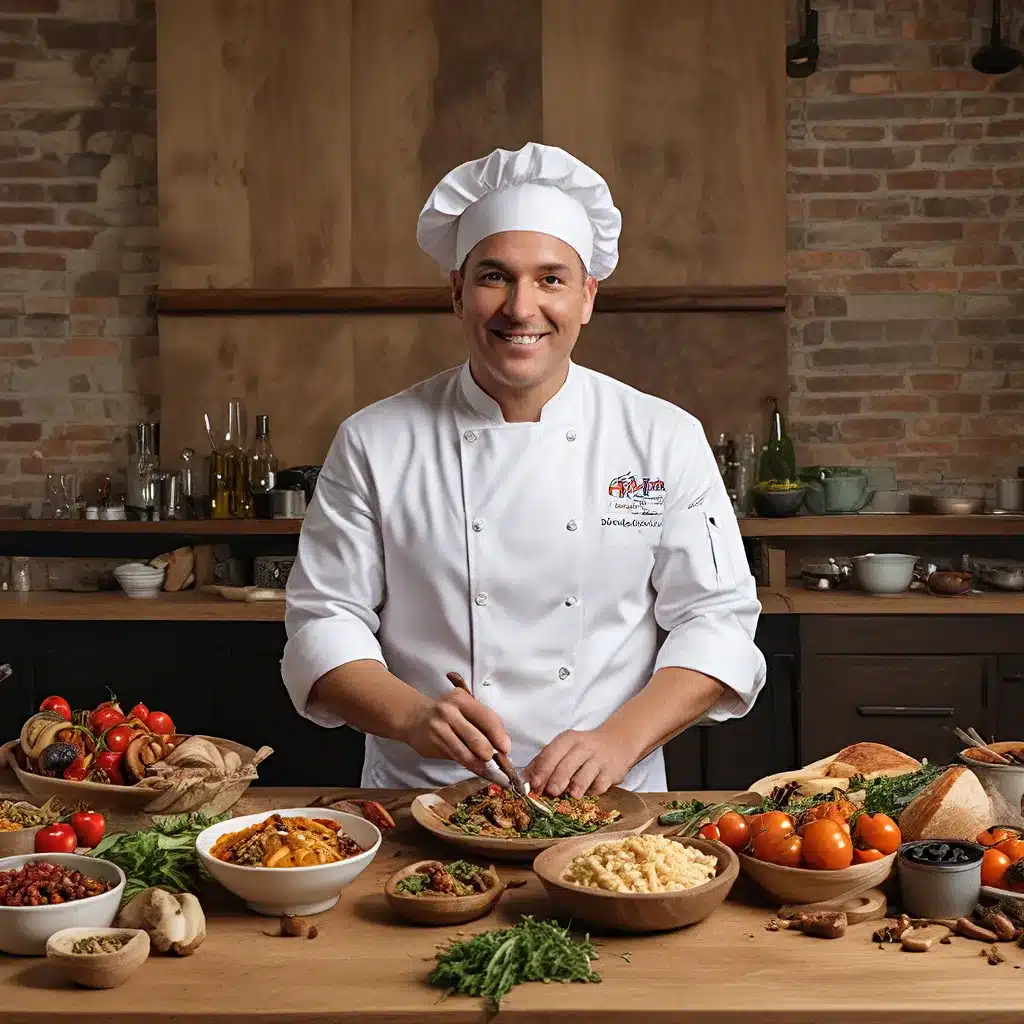
As a self-professed food enthusiast, I’ve always been enthralled by the way chefs can use food as a medium to express their culture and emotions. It’s no secret that food is a universal language, one that has the power to transport us to distant lands, stir up cherished memories, and even incite strong feelings. But what is it about the culinary arts that makes them such a captivating storytelling device?
Recently, I had the pleasure of diving deeper into this fascinating intersection of food and narrative, thanks to some insightful knowledge I uncovered from various culinary experts and film scholars. And let me tell you, the more I learned, the more I realized just how nuanced and impactful this relationship can be.
Exploring the Emotional Power of Food in Film
One of the most striking examples of food as a storytelling tool can be found in the world of cinema. As it turns out, there’s a whole genre of films that have elevated the humble meal into a narrative device of the highest order. From the sumptuous feasts of Babette’s Feast to the emotionally-charged family dinners in Eat Drink Man Woman, these cinematic masterpieces have proven that food can be so much more than just sustenance.
According to one film scholar, the sheer abundance of food-centric documentaries and series on platforms like Netflix is a testament to the public’s obsession with food in visual media. And when you really start to unpack these culinary narratives, it’s easy to see why they captivate us so.
Take Eat Drink Man Woman, for instance. In this Taiwanese drama, the elaborate Sunday dinners prepared by the family patriarch, Chef Chu, serve as a stage for the repressed emotions and unspoken tensions that simmer beneath the surface. As the daughters dread these weekly gatherings, the overflowing dishes become a physical representation of the disconnect within the family. It’s only when Chef Chu finally opens up and reveals his own secret that the meals transform into a moment of liberation and connection.
Similarly, in Like Water for Chocolate, the protagonist Tita uses her magical cooking abilities to convey her deepest feelings to those around her. Whether it’s the intense sorrow she pours into a wedding cake or the debilitating arousal she evokes through a dish of quail, Tita’s recipes become a diary of her private thoughts and emotions.
And in The Lunchbox, food becomes a direct metaphor for love itself. When the wrong lunchbox is delivered to the wrong person, it not only symbolizes the neglect and rejection in Ila’s marriage, but also the blossoming friendship and affection she develops with the recipient, Saajan. Every dish Ila prepares is imbued with her love and care, becoming a vessel for their growing connection.
Uncovering the Cultural Significance of Cuisine
But it’s not just the emotional power of food that makes it such a captivating storytelling device. Culture and tradition also play a crucial role in how chefs and filmmakers utilize the culinary arts to convey deeper meanings.
As celebrated chef Susur Lee eloquently explains, food is a medium that allows him to express his cultural identity and share his heritage with others. Whether it’s the delicate dim sum he fondly remembers from his childhood in Hong Kong or the fusion dishes that blend his Cantonese roots with his classical French training, every plate Lee creates is imbued with a deep personal connection to his cultural background.
This sentiment is echoed in the films we explored earlier. In Babette’s Feast, the lavish French feast prepared by the titular character not only represents her liberation from the repressive religious community, but also serves as a bridge between the traditional and the modern, the rich and the poor, and the old and the young. Similarly, in Tampopo, the ramen that the protagonist learns to master becomes a unifying force, bringing together a diverse group of ramen enthusiasts from all walks of life.
Even in the realm of Japanese cuisine, we can see how food is deeply intertwined with cultural traditions and customs. The act of itadakimasu, for example, is a expression of gratitude towards everyone and everything that contributed to the meal. And the specialization of restaurants, where each establishment focuses on perfecting a single dish or style of cooking, is a reflection of the reverence Japanese chefs have for their craft.
The Universal Appeal of Food
Perhaps the most remarkable thing about food as a storytelling device is its universal appeal. Regardless of our cultural background or personal experiences, we all have some kind of emotional connection to the meals we consume. Whether it’s the comfort of a childhood dish, the nostalgia of a family recipe, or the wonder of discovering a new culinary delight, food has a unique ability to transcend boundaries and bring people together.
This is evident in films like Ratatouille, where the humble ratatouille dish transports the jaded food critic Anton Ego back to his childhood, humbling his ego and reigniting his passion for food. And in Babette’s Feast, the exquisite French feast not only reconciles the longstanding tensions within the religious community, but also rekindles the lost love between a former suitor and his beloved.
As chefs and culinary artists continue to push the boundaries of what’s possible in the kitchen, it’s clear that the power of food as a storytelling medium is only going to grow stronger. Whether it’s used to convey emotions, celebrate culture, or bridge divides, the culinary arts have an unparalleled ability to captivate, enlighten, and inspire us.
So the next time you sit down to enjoy a meal, take a moment to consider the rich tapestry of stories that might be woven into each bite. You never know what hidden depths and layers of meaning you might uncover, just by savoring the flavors and embracing the experience.

